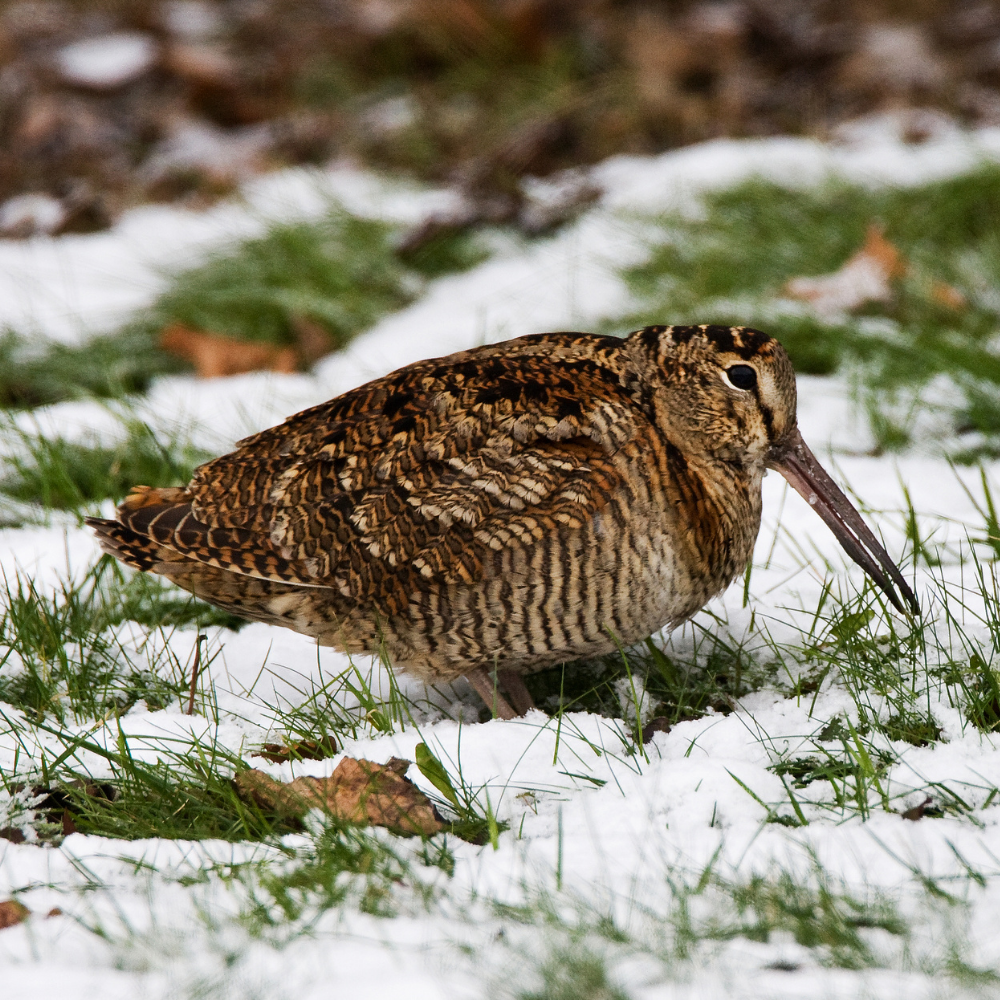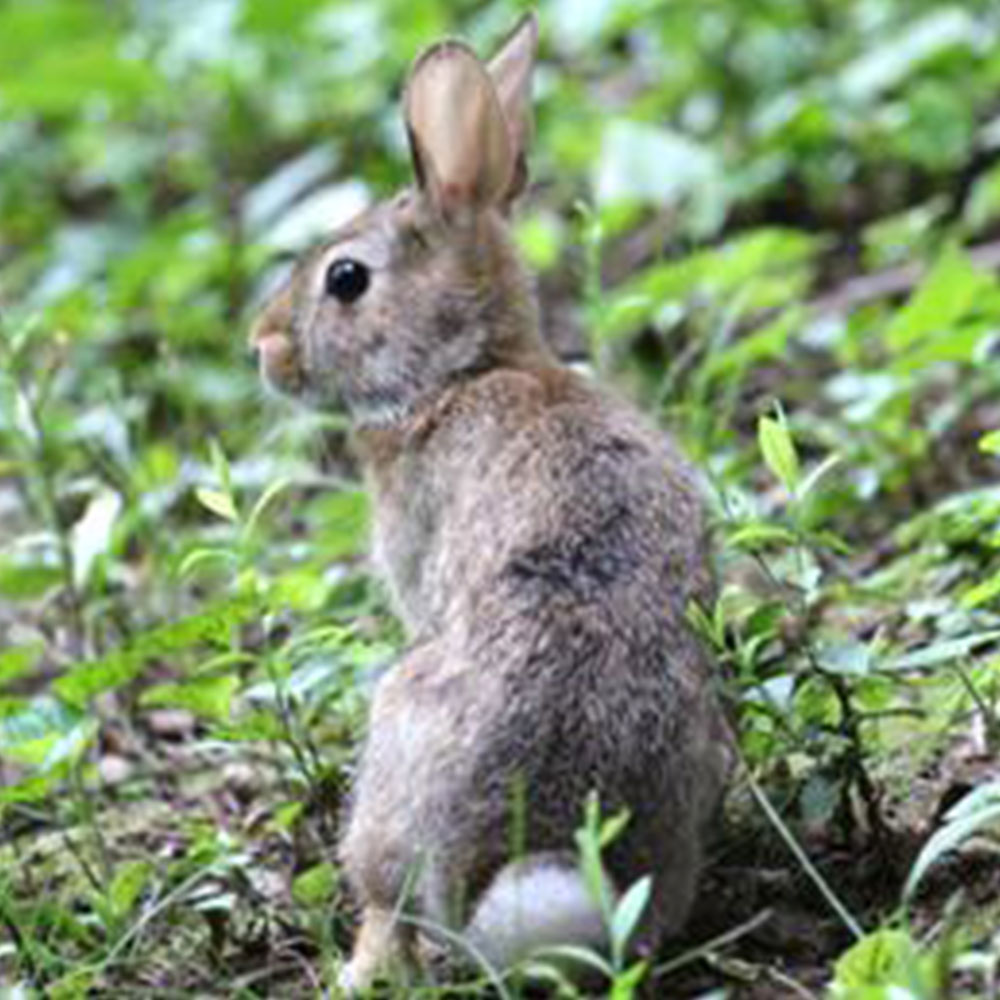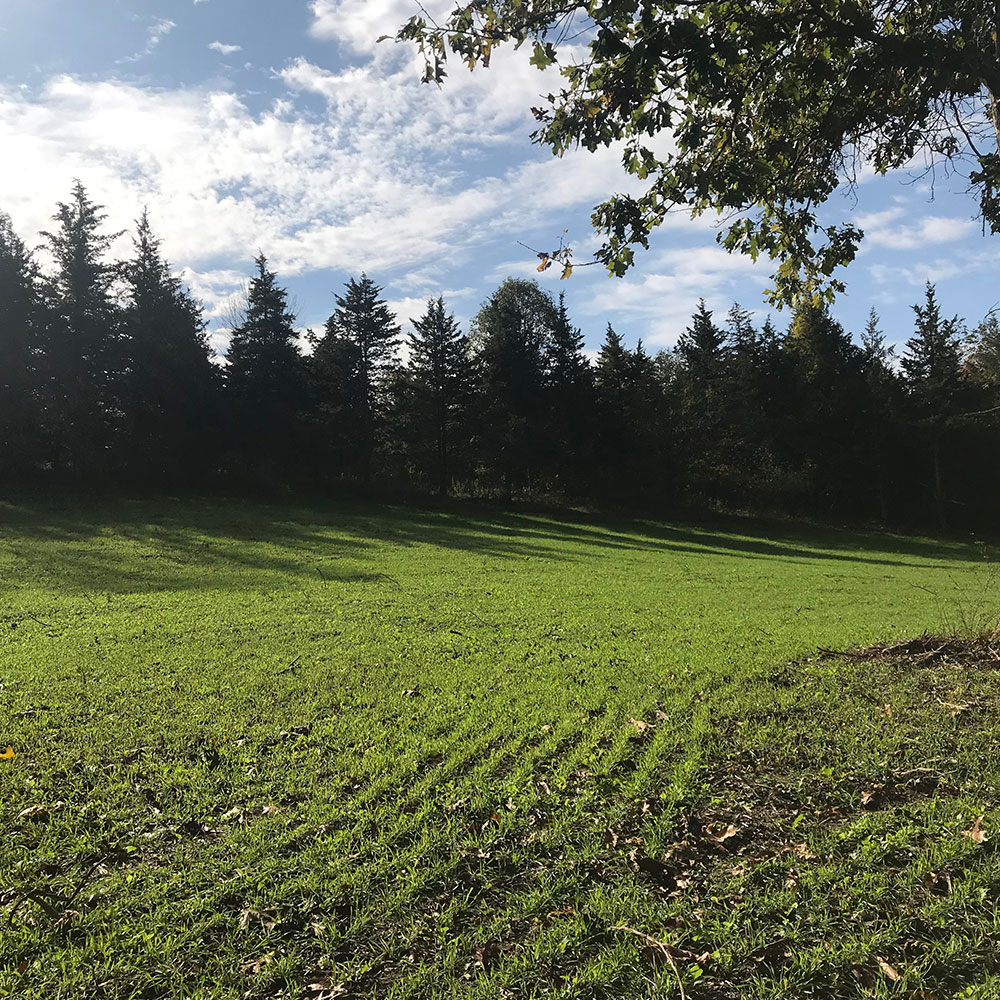STEWARDSHIP CASE STUDY: DUTCHESS GABLES

The Golden-Winged Warbler, a species of greatest concern in NYS that lives at Dutchess Gables.

The American Woodcock, a species of greatest concern in NYS that lives at Dutchess Gables.

The New England Cottontail is the Northeast’s only native rabbit species. According to NYS DEC, its range has shrunk by an estimated 86% since 1960 and it can only be found in fragmented areas in NYS around the Hudson Valley.
Restoring a forest of once abandoned pasture at Dutchess Gables for Species of Greatest Conservation Need
Dutchess Gables located in the Town Stanford is a stunning 207-acre landscape that includes forested land with habitats for rare wetland animals and three high priority Species of Greatest Conservation Need in NYS: New England Cottontail, Golden-Winged Warbler, and the American Woodcock. The property is a prime example of a local forest that has matured over the 40-odd years since its abandonment as an old pasture but today lacks the needed diversity in ages and composition of trees, as well as canopy breaks for understory plants that provide the necessary habitat for declining wildlife species. Many of these species, especially birds, rely upon grasslands, shrublands, and young forest lands (under 30 years-old) to breed successfully. Our ongoing work at Dutchess Gables is providing opportunities to help reverse the decline of these birds and NYS’s only native rabbit east of the Hudson River, the New England Cottontail.
Winnakee created two new 3-acre meadows at Dutchess Gables, planted with cool season grasses for optimal food source in early spring, which will help maintain openings of sufficient size and quality for foraging and breeding habitat that songbirds and other wildlife species require to successfully reproduce. Winnakee is also structuring the periphery between this meadow and forest with woody shrubs and young trees to provide cover from predators to help rebuild their populations. A long-term strategy to build a vegetative age-class structure will improve the habitat and life-cycle needs of the species in this area currently experiencing precipitous declines.
As more land is converted to development or reverts to mature forest, habitats such as these are becoming increasingly uncommon in the Hudson Valley. Winnakee is leading regional land trusts in forest management techniques in the woodlands it protects. This effort replicates the natural disturbance regimes that once created a diversity of habitat types across the landscape. This new stewardship-focused conservation work helps save irreplaceable wildlife and has both local and global impact in sustaining natural resources for all life.

A newly created 3-acre meadow at Duchess Gables was planted with cool season grasses for optimal food source in early spring. It also provides openings of sufficient size and quality for foraging and breeding habitat, which songbirds and other wildlife species require to successfully reproduce.
Did you know that over three-fourths of our region’s most critical wildlife habitats occur in forests on private lands?
If you are interested in working with Winnakee to create sustainable forestry practices as part of a lasting legacy that protects your irreplaceable land forever, please call us today at (845) 217-0939.
